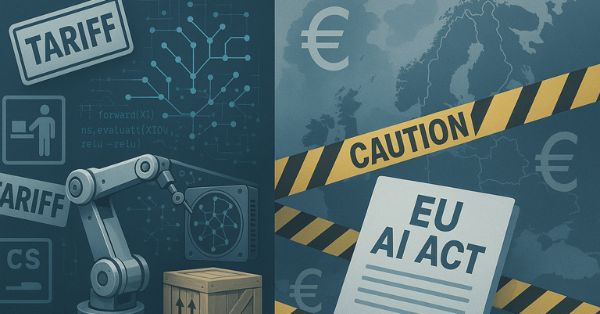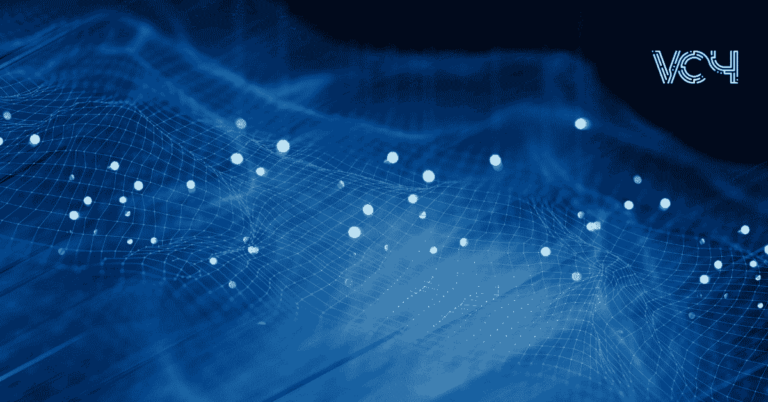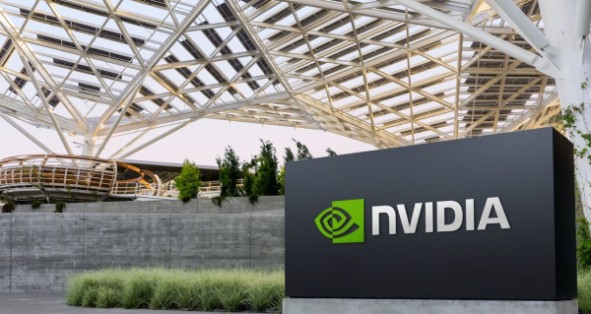Telstra CEO Vicki Brady (pictured) sees the next decade as one of “profound opportunity” for the mobile industry but suggested a change of mindset is required, which could involve operators losing an element of control.
During her keynote on Tuesday, Brady said she suspected “there are many people in the room that have been part of the industry for a long time…and have seen many opportunities appear, and then pass us by, as we were more focused on protecting what we had”.
In her view, a complete change in approach is needed. “Connectivity is absolutely the bedrock. There are estimates today that in the next period, digital innovation will create AUD10 trillion ($6.7 trillion) to AUD15 trillion worth of value. And what we do is absolutely at the foundation of that. But I think the real impact is how we work to enable the things on top of our networks,” she said.
Telstra CEO Vicki Brady thinks the role of the operator is to become an “ecosystem builder” that brings together technologies such as 5G, AI, automation, edge computing, and “an explosion of applications.” She also warned that if operators don’t change, they run the risk that the “value created over our networks gets captured by others.” Indeed, Brady advised operators to get comfortable with the idea of not always being in control of the end-to-end solution.
“We have to partner…with our customers, with technology leaders, with industry leaders and experts to be able to co-create solutions for our customers. This requires a very big mindset shift, she said. She noted that Telstra already collaborates with many global technology partners, “from Ericsson to Microsoft, Google, Salesforce, AWS, and Samsung, just to name a few. In my view, a telco fit for the future, has to be brilliant, of course, at connectivity, but needs to be brilliant also at collaborating,” Brady said.
Source: Mobile World Live





















